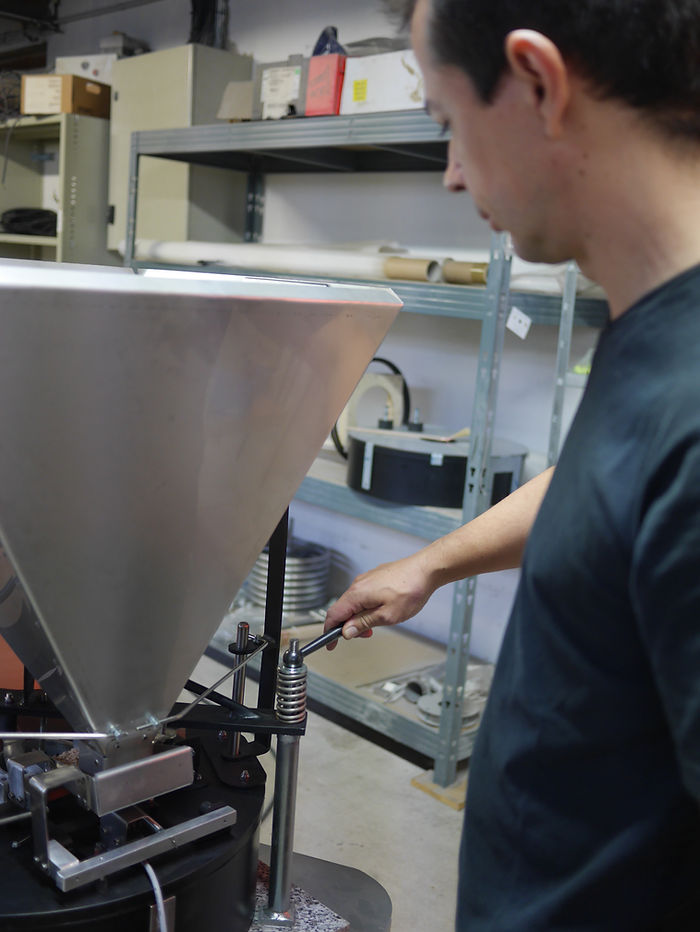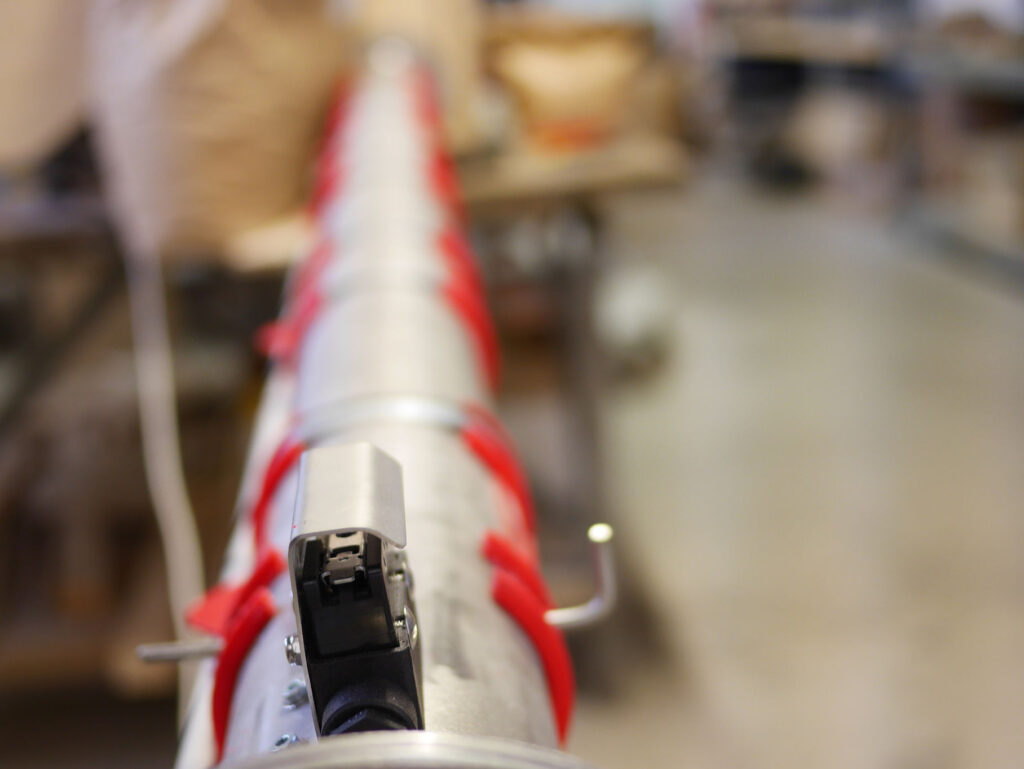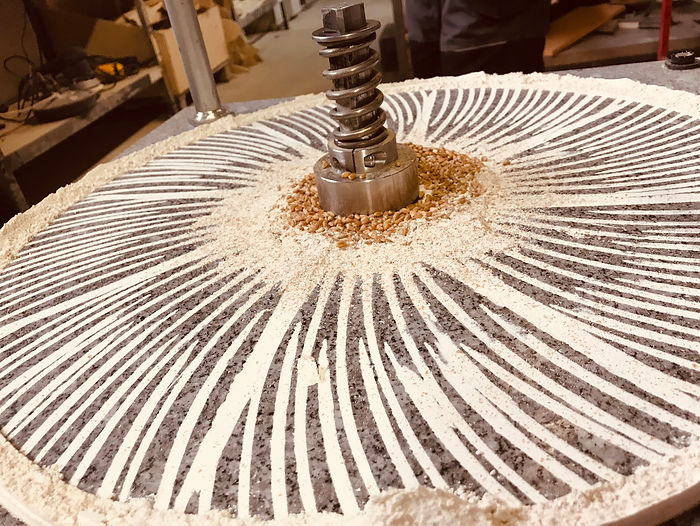If you only have a little time to read this article, here’s the summary. Here are the 5 reasons to buy a second-hand professional electric grinder:
- to get it faster than if we made it for you
- to have it near you without having to criss-cross France
- if you have a large budget (Astrié mills are not widely available second-hand and sell for more than new).
- We’ll talk you through everything you need to check before buying second-hand: machining quality, wearing parts, quality of the wheel dressings, effective wheat/flour yield, etc.
- We finish with the warranty and after-sales service on a second-hand mill.
Why buy a second-hand stone mill? To get it fast!
One of the first reasons why you should buy a second-hand stone flour mill is that you’ll get it quicker. As the mill is already in use by a professional or a private individual, all you have to do is pick it up, check that it’s working properly and take it with you. Simple and effective, there’s no need to have your own mill made for you.
Why buy a second-hand stone mill? To have one near you
The second reason is that this mill could potentially be located near you, so you can go and see it in operation, think about it, come back and… take it home with you. This can save you one or two trips to a flour mill manufacturer.
Is a second-hand stone flour mill more expensive than a new one? Yes !
It may seem surprising to write this, but these days, a second-hand stone mill is more expensive than a new one. Especially in the case of so-called ‘Astrié mills’. These mills do not depreciate over time on the second-hand market, unlike other electric mills full of electronics.

What should I test before buying a second-hand Astrié mill?
It’s always difficult to check the quality of the grind, the quality of the assemblies (vibrations, risk of breakage of wearing parts, etc.) and the quality of the machining (parts turned to 10ths) when you buy a second-hand Astrié mill, but that’s ideally what you should do. At Astréïa, we obviously test all our mills to ensure complete satisfaction for our customers, who often come from far and wide to collect their mill. It’s also about respecting CE standards while maintaining a traditional craft.
Are there any wearing parts that I’ll need to change on my second-hand flour mill?
The main wear will come from the grinding wheels. You need to ask yourself who cut the wheels. It’s also essential to ask yourself the following question: who’s going to change the wheels once you’re home?
At Astréïa, we guarantee perfectly cut grinding wheels and, of course, we maintain them after wear and tear. This kind of guarantee is very difficult to see when buying second-hand, so be careful.
Can I be sure that a second-hand stone mill is an Astrié invention?
There are certain points that characterise the Astrié brothers’ invention. There are few ill-intentioned people on the market, but there is a risk that people will think they are making an ‘Astrié Mill’ type mill, while missing the point of its manufacture. Make sure you ask the right questions before you go:
- what is the mill’s output (expressed in kilos of flour per hour, not kilos of wheat)?
- how is the millstone hung?
- how is the rotating millstone fixed?
- ask for videos of the sieve and the sifting machine
- check the type of settings: distance between the millstones and grain flow rate
Be sure to read our ‘Astrié mills’ guide so that you know everything there is to know about the subject before making the move.
What parts warranty do I get with a second-hand Astrié mill?
If you’re buying a mill that’s less than a year old, chances are your mill is still under warranty. In this case, it’s important to understand why the owner is parting with it. Is it simply to buy a superior model, or because they’re dissatisfied with the product?
If this is no longer the case, always look for the name of the manufacturer of the mill to ensure that they are still in business to maintain the millstones and give you sound advice.
If the manufacturer of the grinding wheel is no longer in business, you run the risk of not being able to replace the wearing parts and of very quickly finding yourself with a mill that will not give you complete satisfaction. When considering your budget, make sure you take this aspect into account!

In short, you should buy a second-hand stone mill if :
- you need a mill immediately
- you have a very high budget
- you don’t need a guarantee on operation or parts
- you don’t need any help or guidance in getting started
- you don’t need a guarantee that the Astrié brothers’ invention will be respected




